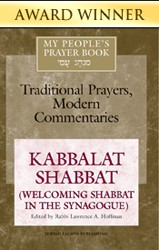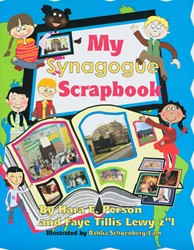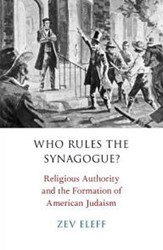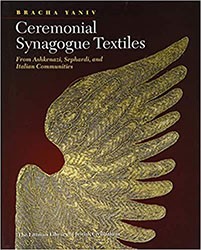By
– November 8, 2011
In The Synagogue Speaks, a 166-year-old building tells its history. The personified building is full of emotions. It is happy when it is full, used and it sees children. At one point, half of the synagogue’s first congregation disagrees with the move to allow women to have a more involved role in the congregation. They leave and build their own temple a block away. Their break embarrasses the building. The building is childishly confused and hurt by the demographic changes that make its German-Jewish, then Christian Orthodox Lithuanian, then Ukrainian- Jewish populations leave the building and neighborhood to search for what they believe are better lives in greener and, presumably, wealthier areas. It is an interesting approach to tell the many-layered ethnic history of Baltimore, Maryland and the United States through the point of view of a building witnessing life around it. Baltimore’s demographic shift of Jews out of the city is expertly explained by the associate director of the Jewish Museum of Maryland. It is a story repeated often as Jews move out of urban cores. Readers anywhere can use the book to reflect on demographic shifts in their own area and the dynamics and history behind them as told by buildings which were often torn down, turned into churches or, sometimes, made into museums. The sepia toned, well-researched images clearly convey by-gone eras. Many, though, are dark. The illustrator’s painting technique renders the figures overly splotchy and awkward. Recommended for ages 4 – 10.
Dina Weinstein is a Richmond, Virginia-based writer.





